
As water scarcity becomes an increasingly pressing global issue, desalination for water is gaining traction as a potential solution. With advancements in technology, turning seawater into fresh, drinkable water is no longer a pipe dream but a tangible reality. So, this article delves into this transformative process, exploring everything from the basics of desalination to the various methods utilized. Its role in combating water scarcity, the environmental implications, and the future prospects of this growing field.
Understanding the Basics: What is Desalination?
Desalination for water refers to the process of extracting dissolved salts from water, rendering it suitable for consumption, irrigation, industrial applications, and more. So, the primary focus of desalination is often on seawater, but it can also be applied to brackish waters, highly mineralized groundwaters, and even municipal wastewaters.
The Desalination Process Explained
There are two primary methods of desalination: thermal and reverse osmosis, accordingly.
Thermal Desalination
Thermal desalination involves heating water and capturing the condensation. Hence, this method mimics the natural water cycle, harnessing the power of evaporation and condensation.
Reverse Osmosis System
On the other hand, reverse osmosis, often employed in a Sea Water Reverse Osmosis (SWRO) plant, forces seawater through semi-permeable membranes. So, these membranes allow smaller water molecules to pass through while trapping larger salt molecules, effectively separating fresh water from the salt in desalination for water process.
The Rise of Desalination Plants
As populations increase and existing water supplies dwindle, the urgency for alternative water sources intensifies. Hence, desalination for water plants, which convert salt water to drinking water, are surfacing as a viable solution to this pressing problem.
In recent years, the desalination industry has seen significant growth. Over 300 million people worldwide now receive their water from desalination plants, from the arid regions of the Middle East to the water-scarce areas in the U.S. Southwest, China, India, and South Africa, accordingly.
Chunke Seawater Desalination SWRO Projects
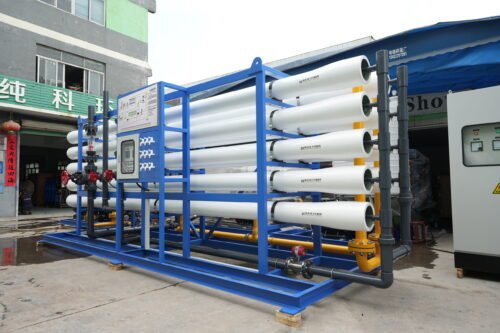
36TPH Sea Water Desalination Plant in Iran
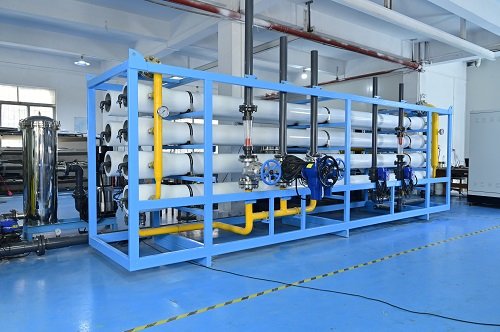
25TPH SWRO Desal Plant in Philippines
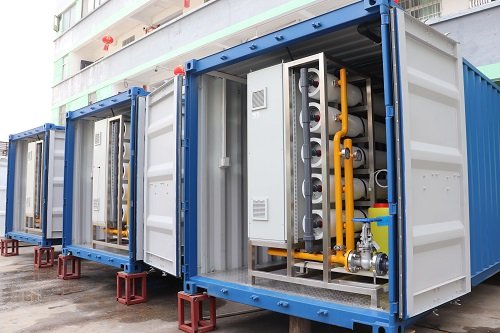
10TPH Containerized SWRO in Thailand
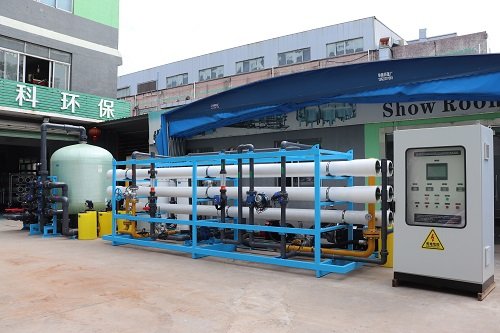
20TPH RO Sea Water Desalination in USA
Notable Desalination Plants around the World
The Claude “Bud” Lewis Carlsbad Desalination Plant in California, the largest in North America, produces 50 million gallons of fresh water daily, accounting for about 10 percent of the region’s water demand.
In Huntington Beach, California, another plant with similar capabilities is underway. Currently, there are 11 desalination plants in California, with 10 more proposed.
Meanwhile, countries like Saudi Arabia, Australia, and Israel are also major players in desalination. Saudi Arabia, with minimal freshwater resources and abundant energy reserves, produces the most desalinated water globally, accounting for a fifth of the world’s total.
The Role of Desalination in Combating Water Scarcity
Desalination for water plays a crucial role in addressing water scarcity, providing a reliable and local water source, especially in areas where traditional water sources are under threat. For example, the Colorado River, a significant water source for San Diego, is experiencing diminishing flow rates due to reduced snowfall in the Rocky Mountains, possibly a result of climate change.
By incorporating desalinated water into their supply portfolio, regions can reduce their reliance on imported supplies, which may be subject to droughts, natural disasters, and regulatory restrictions, accordingly.
Environmental Considerations of Desalination
Despite its promise, desalination for water is not without its environmental challenges. So, the process requires substantial amounts of energy, often derived from fossil fuels, making it a significant contributor to greenhouse gas emissions in some regions.
Additionally, there are concerns about the marine life impacts from the plant’s intake systems and the extra-salty wastewater or brine that is returned to the ocean. Hence, if not properly managed, this brine can deplete the ocean of oxygen and negatively impact sea life.
Brackish Water Desalination: A More Sustainable Alternative?
Given the environmental concerns associated with seawater desalination, brackish water desalination is emerging as a more sustainable alternative. So, brackish water has significantly fewer solids than seawater, making the desalination process less energy-intensive and thus more cost-effective.
In areas like Arizona and Texas, where there is a perpetual shortage of water, brackish water desalination is increasingly being explored. Meanwhile, Texas currently has 49 municipal desalination plants that process brackish water, both surface and subsurface.
CHUNKE Brackish Water / Salty Water Desalination Projects
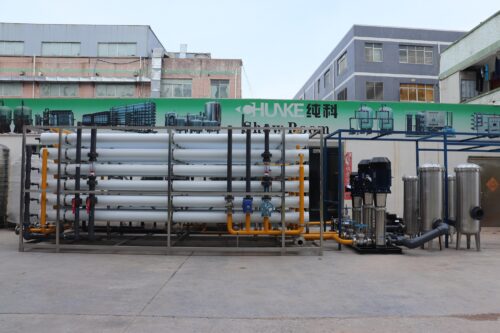
65TPH Brackish Desalination BWRO in Saudi Arabia
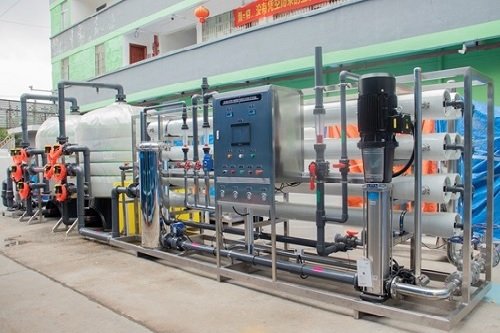
50TPH Salt Water BWRO Plant in Spain
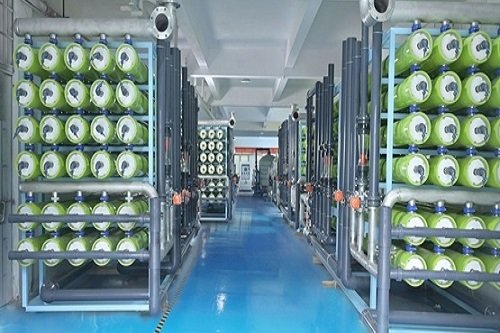
500TPH Brackish Water Desalination in China
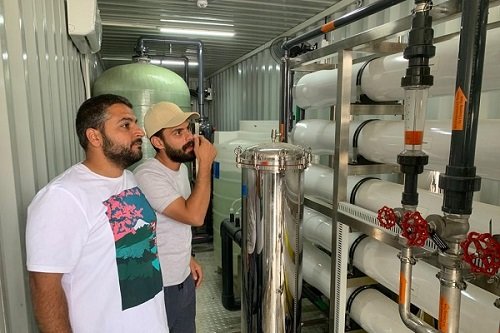
15TPH Containerized Desalination Plant in Iraq
The Future Prospects of Desalination
While desalination is gaining momentum, it’s important to note that it isn’t a one-size-fits-all solution to the world’s water scarcity issues. Locations with high pressure on water resources and abundant energy resources are generally more suited for desalination, accordingly.
Furthermore, before resorting to desalination for water, regions should explore cheaper options, such as implementing comprehensive conservation programs, promoting potable water re-use, and treating stormwater runoff.
However, as technology continues to evolve, and as the costs associated with desalination continue to drop, it’s likely that the role of desalination in addressing water scarcity will only grow. After all, in the face of a changing climate and a rapidly growing global population, every drop of water counts.
Unlocking Sustainability: Exploring the World's Largest Seawater Desalination Plants
Water scarcity is a pressing global issue exacerbated by climate change and population growth. So, one innovative solution to address this challenge is seawater desalination, a process that converts seawater into freshwater suitable for consumption and irrigation. In recent years, the world has witnessed the construction of increasingly large seawater desalination plants to meet growing freshwater demands. In this essay, we will explore the world’s biggest seawater desalination plants and their significance in the context of sustainable water management and environmental conservation, accordingly.
Jebel Ali Desalination Plant, United Arab Emirates

Located in Dubai, the Jebel Ali Desalination Plant is one of the largest seawater desalination for water facilities globally, producing approximately 300 million gallons (1.14 million cubic meters) of freshwater per day. So, this plant utilizes the multi-stage flash distillation (MSF) process, which involves heating seawater to create vapor, followed by condensation to produce fresh water. The Jebel Ali Plant is a testament to the UAE’s commitment to addressing its chronic water scarcity issues and ensuring a reliable water supply for its residents and industries.
Taweelah Desalination Plant, United Arab Emirates

Another remarkable desalination facility in the UAE is the Taweelah Desalination Plant. So, it has a production capacity of 909,200 cubic meters of freshwater per day, making it one of the largest reverse osmosis (RO) desalination plants in the world. Hence, reverse osmosis involves using a semi-permeable membrane to filter out salt and impurities from seawater. This method is energy-efficient and has lower environmental impacts compared to traditional distillation processes.
Sorek Desalination Plant, Israel
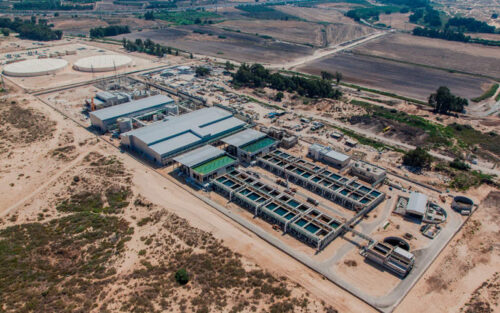
The Sorek Desalination Plant, located in Israel, is a prime example of how cutting-edge technology can address water scarcity sustainably. With a capacity of 624,000 cubic meters per day, it is one of the largest RO desalination plants globally. Hence, Israel has successfully incorporated desalination into its long-term water management strategy, significantly reducing its dependence on natural water sources and mitigating the effects of drought.
Al Hidd Desalination Plant, Bahrain
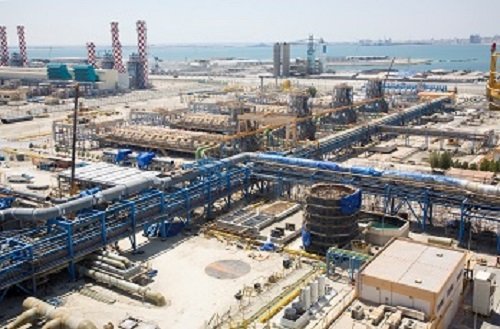
Bahrain’s Al Hidd Desalination Plant is another noteworthy facility in the Middle East. It employs a multi-effect distillation (MED) process and has a daily production capacity of 273,800 cubic meters. Hence, MED uses multiple stages of evaporation and condensation to desalinate seawater, making it an energy-efficient choice for regions with access to waste heat sources.
Carlsbad Desalination Plant, United States
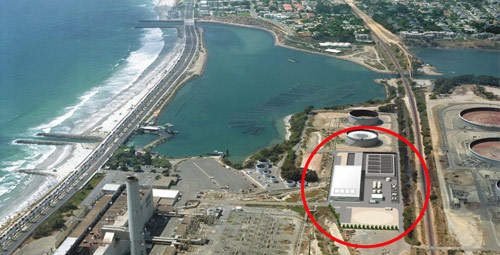
Located in California, the Carlsbad Desalination Plant stands as the largest seawater desalination plant in the Western Hemisphere. With a capacity of 204,412 cubic meters per day, it utilizes RO technology to provide a vital water source to the parched region. This facility showcases the potential for desalination for water to address water scarcity challenges in the United States and contribute to a more resilient water supply infrastructure.
Significance and Challenges
The construction and operation of these colossal desalination plants signify the global shift towards innovative water solutions in the face of increasing water scarcity. However, they also come with their fair share of challenges. These challenges include high energy consumption, potential environmental impacts such as brine disposal, and the financial costs associated with building and maintaining such facilities.
To maximize the benefits of seawater desalination while minimizing its drawbacks, it is essential to focus on sustainability. This entails the development of energy-efficient desalination technologies, responsible brine management strategies, and the integration of desalination into comprehensive water resource management plans.
Conclusion
The world’s biggest seawater desalination plants are crucial steps towards securing a sustainable and reliable source of freshwater in regions grappling with water scarcity. These facilities exemplify the potential for technology and innovation to address pressing global challenges. However, it is imperative that we continue to advance desalination technology while carefully considering its environmental and economic implications. By doing so, we can ensure that desalination remains a viable and sustainable solution to the world’s growing water scarcity problem.

